TECNICHE GESTIONALI
La gestione e la mitigazione delle infrastrutture lineari (strade, ferrovie, line elettriche ecc.) può riguardare differenti aspetti che includono la pianificazione ambientale e urbanistica, la gestione delle popolazioni della fauna selvatica…rispetto ai quali esiste una vasta letteratura scientifica.
L’impatto delle strade, in termini di mortalità diretta degli animali o come causa di frammentazione dell’habitat, può essere affrontato con una serie di misure pratiche che sono sintetizzate nella figura sottostante. Tutte le soluzioni specifiche che vengono presentate dovrebbero essere solo una parte di una strategia più ampia per ridurre l’impatto delle infrastrutture lineari sulla biodiversità.
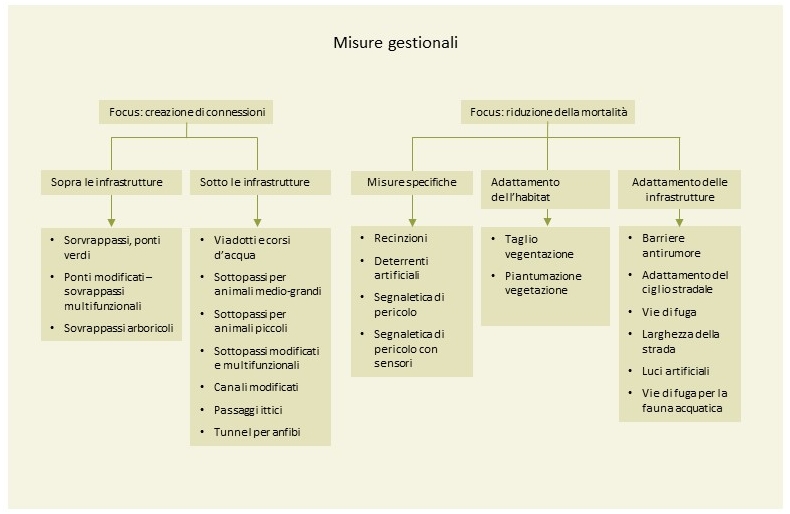
Tratto da: ‘Wildlife and Traffic: A European Handbook for Identifying Conflicts and Designing Solutions’. By courtesy of Infrastructure & Ecology Network Europe (IENE)
Una descrizione dettagliata di tutte queste misure può essere trovata qui.
Oltre a questi interventi tecnici, le campagne di sensibilizzazione per aumentare la consapevolezza delle persone su questo tema sono di importanza fondamentale. E’ ampiamente riconosciuto che una delle cause principali della mortalità degli animali sulle strade è legata al comportamento di guida degli automobilisti
Per questo motivo in tutto il mondo sono stati progettati e installati una serie di segnali stradali sul rischio di attraversamento della fauna selvatica. Tuttavia, nella maggioranza dei casi, questi cartelli non si sono dimostrati efficaci per indurre gli automobilisti a rallentare.
E’ quindi necessario, e costituisce uno degli obiettivi principali del progetto LIFE SAFE-CROSSING, quello di sviluppare dei cartelli informativi che possano realmente aumentare il livello di attenzione e la consapevolezza dei guidatori sul rischio di incidenti con la fauna selvatica. Clicca qui per saperne di più.
Di seguito abbiamo sintetizzato le misure principali per ridurre la mortalità della fauna selvatica sulle strade.
Recinzioni
Rappresentano un sistema efficace per prevenire l’accesso degli animali sulle strade o sulle ferrovie, ma hanno lo svantaggio di aumentare considerevolmente l’effetto barriera. Il tipo di recinzione dsa installare dipende dalle specie per le quali viene pianificato l’intervento. I fattori più importanti da considerare sono l’altezza, la dimensione della maglia, i pali, e naturalmente il materiale da usare. Un’attenzione particolare deve essere posta nella manutenzione della recinzione. Le recinzioni possono anche essere usata su brevi tratti stradali per spingere gli animali verso particolari strutture come sottopassi, ecodotti…che consentano un attraversamento sicuro della strada.
Dispositivi ottici/acustici
Questi dispositivi sono installati a intervalli regolari sui lati stradali e vengono attivati dai fari della macchina che transitano dalla carreggiata. Il vantaggio principale di questi sistemi è quello di essere relativamente economici e soprattutto di non costituire una barriera permanente al movimento degli animali, perché vengono attivati solo quando c’è un pericolo reale. Tuttavia, nella letteratura scientifica, non è unanimemente riconosciuta, la loro efficacia nella riduzione degli incidenti, inoltre la manutenzione di questi dispositivi è abbastanza dispendiosa. Negli ultimi anni un’evoluzione di questi dispositive sono i riflettori “attivi” come quelli che saranno installati nell’ambito del progetto LIFE SAFE CROSSING. In questi dispositivi i suoni e le luci sono attivati da un sensore che viene attivato dai fari delle machine. I risultati preliminari del loro funzionamento sembrano molto promettenti.
Repellenti olfattivi
Questi dispositive sono usati principalmente per gli ungulati. Una miscela di sostanze viene applica su pali posti vicino alla strada per prevenire l’attraversamento degli animali. Uno dei rischi principali è che l’applicazione di questi repellenti deve essere frequentemente rinnovata e inoltre, come per i precedenti dispositivi, ci potrebbe essere un rischio di abituazione da parte degli animali.
Segnali di pericolo per i guidatori
Uno degli aspetti da considerare negli incidenti con la fauna selvatica è il comportamento di guida. I segnali convenzionali di pericolo attraversamento fauna selvatica sono installati nelle aree di maggior rischio per aumentare l’attenzione dei guidatori. Il problema è che la loro diffusione li rende inefficaci. I segnali con luci lampeggianti possono essere più efficaci, ma se sono costantemente in funzione, dopo un certo periodo di tempo i guidatori tendono a ignorarli.
In alcuni casi vengono installati specifici pannelli stradali, ma ci sono limitazioni legate al codice della strada, e comunque possono essere considerati una misura di accompagnamento ad altre tecniche.
Segnali stradali di pericolo collegati a sensori
Per evitare l’assuefazione dei guidatori negli ultimi anni sono stati utilizzati cartelli stradali che sono attivati da sensori posti sui lati della strada per individuare la presenza degli animali. Questo sistema richiede una costante assistenza tecnica e può essere applicato solo su ristretti tratti stradali.
Un sistema più sofisticato per fronteggiare il problema delle collisioni veicolari con la fauna selvatica è quello sviluppato nell’ambito del progetto LIFE STRADE, e ora ulteriormente implementato nel progetto LIFE SAFE CROSSING. Questo sistema agisce simultaneamente sui guidatori e sugli animali come è mostrato qui.
Strutture per l’attraversamento della fauna selvatica
Ecodotti, sovrappassi, sottopassi e canali sono strutture che consentono agli animali di passare sopra o sotto le strade e le ferrovie, e quindi costituiscono un modo efficace per ridurre la frammentazione dell’habitat. Si tratta di strutture preesistenti. oppure di strutture specificatamente costruite per gli animali come gli ecodotti. Certamente la costruzione di queste strutture è molto dispendiosa in termini economici e per le procedure amministrative che sono necessarie. In generale per favorire l’uso di queste strutture da parte degli animali si possono prevedere diversi interventi, come la gestione della vegetazione circostante, o l’installazione di recinzioni. In alcune circostanze può essere importante adattare strutture costruite per altri scopi. Questi interventi sono economicamente vantaggiosi e possono essere molto efficaci per la conservazione della fauna selvatica.
Gestione dell’habitat
Una misura importante per ridurre la mortalità della fauna selvatica sulle strade è la corretta gestione della vegetazione ai lati della carreggiata. Per esempio il taglio della vegetazione può ridurre l’attrazione degli animali verso la strada e allo stesso tempo aumentare la visibilità per gli automobilisti. Particolare attenzione dovrebbe essere posta nella selezione delle specie vegetali da piantare sui bordi stradali in modo da non utilizzare piante che siano appetibili per gli animali selvatici.
La selezione degli interventi da implementare deve basarsi su un attento programma di monitoraggio.
I programmi di monitoraggio e l’analisi dei dati dovrebbe essere fondamentale per definire le aree prioritarie dove intervenire, e una volta che viene effettuato un intervento è essenziale monitorare la sua efficacia.
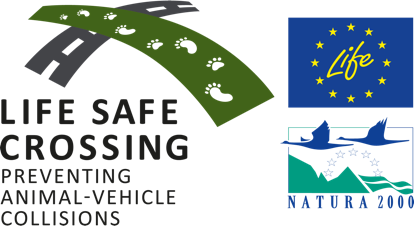

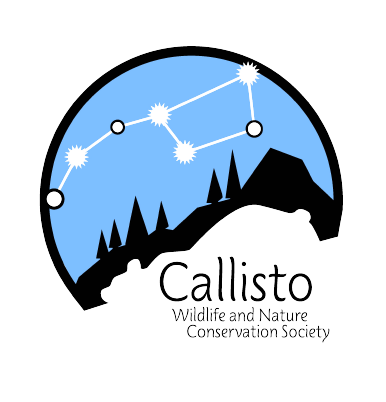


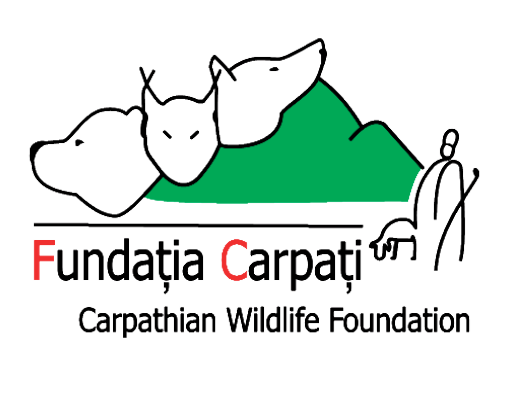



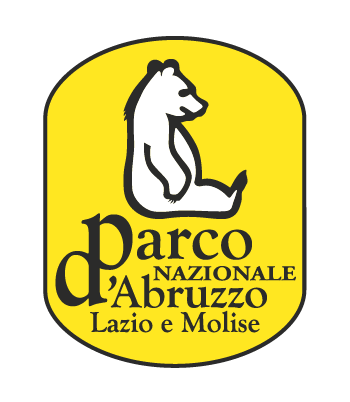

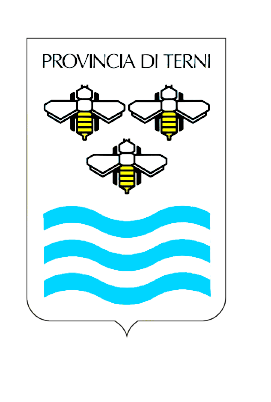
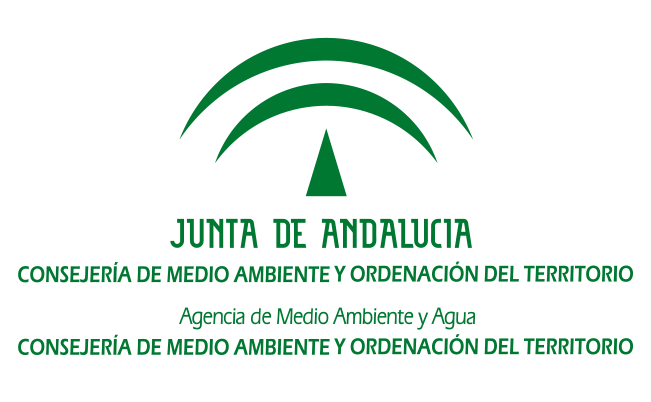
 The project is partially co-funded
The project is partially co-funded